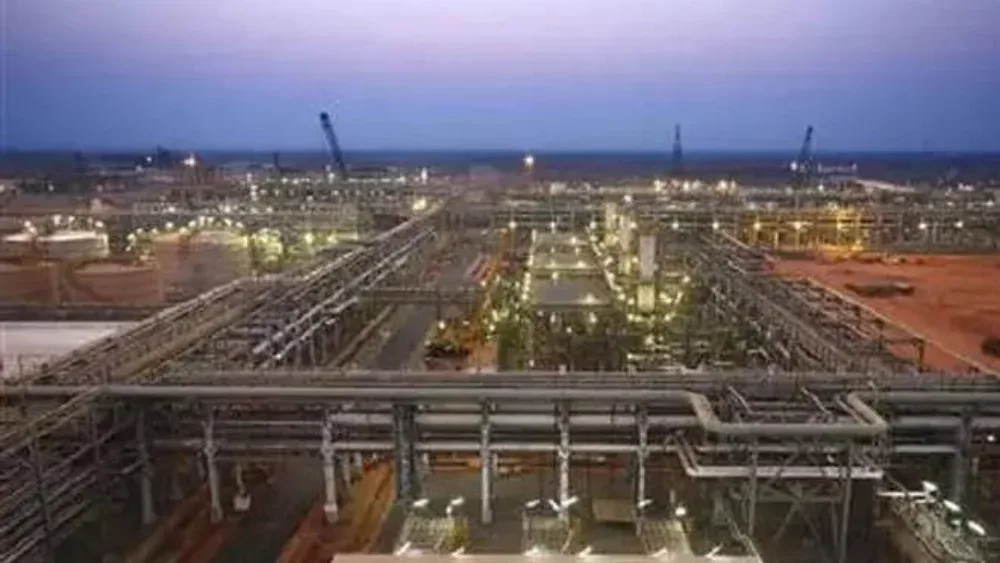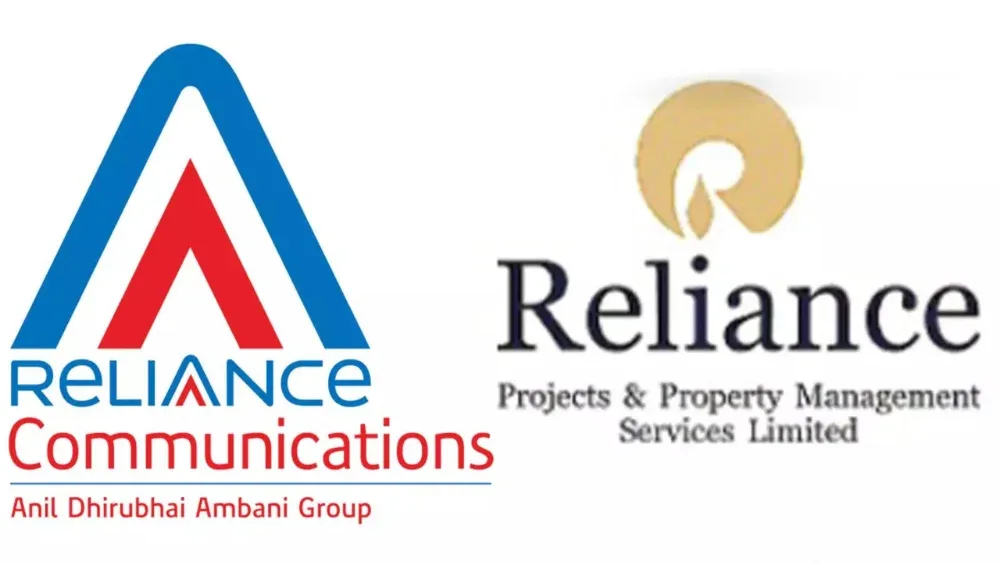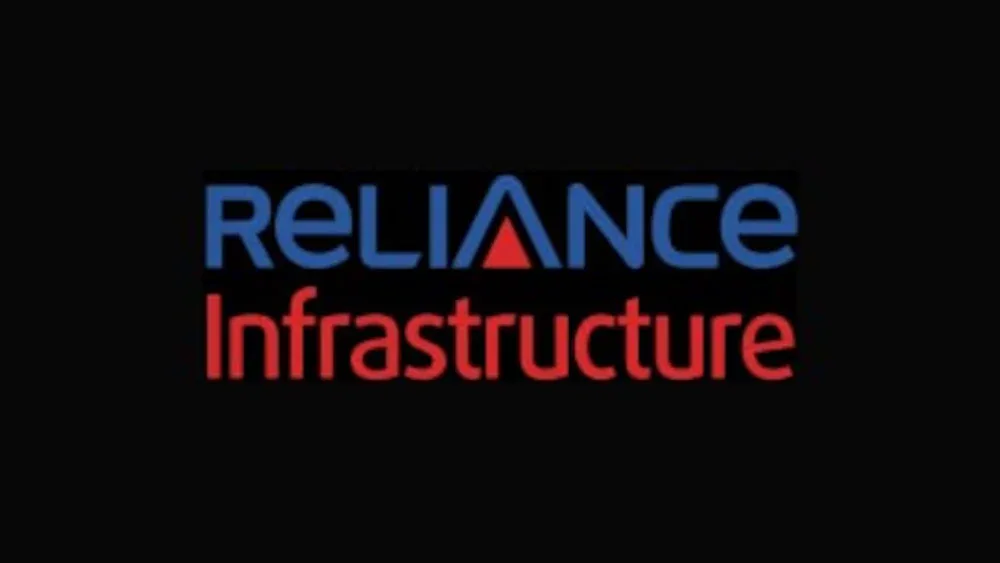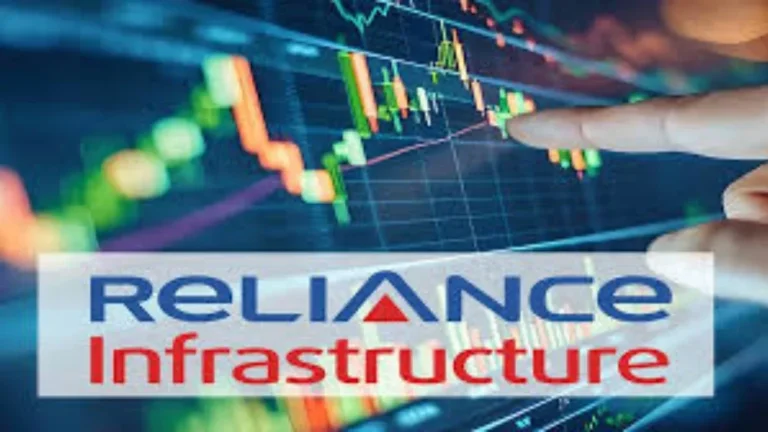Explore Reliance Infrastructure key projects in power, construction, and transportation. Stay updated on its latest developments and financial performance in the infrastructure sector.
Table of Contents
Introduction
If you’ve ever glanced at India’s bustling infrastructure landscape, you might have come across Reliance Infrastructure. But what exactly does this company do, and why should you care? In this article, we’ll dive deep into Reliance Infrastructure, covering its importance, market value, operations, and what makes it tick. So, let’s roll!
What is Reliance Infrastructure?
Reliance Infrastructure is a prominent player in India’s infrastructure sector, primarily focusing on power generation, infrastructure development, and transportation. Founded as part of the Reliance Group, this company is integral to various projects that shape India’s economic backbone. Think of it as the scaffolding that supports the nation’s growth and progress.
Overview of Reliance Infrastructure’s Operations
Reliance Infrastructure operates through several segments that are critical to the nation’s development:
- Power Generation
- Infrastructure Development
- Roads and Highways
- Metro Projects
- Defense Infrastructure
Each of these segments plays a vital role in not only supporting the economy but also enhancing the quality of life for millions of Indians.
Importance of Reliance Infrastructure
Why does Reliance Infrastructure matter? The answer lies in its multifaceted operations that drive the economy and improve the quality of life for millions.
Key Areas of Operation
Reliance Infrastructure operates in several critical sectors, ensuring a diverse portfolio. Here are its primary areas:
Power Generation
Power generation is at the heart of Reliance Infrastructure’s operations. The company manages a robust portfolio of power plants across the country, contributing significantly to India’s energy needs. This sector is vital for driving industrial growth and providing electricity to homes, ultimately fueling economic development.
- Thermal Power: The backbone of India’s energy supply, thermal power plants convert coal and gas into electricity, powering industries and homes alike.
- Renewable Energy: As the world shifts towards sustainability, Reliance Infrastructure is making strides in renewable energy, exploring solar and wind energy projects to reduce carbon footprints.
- Hydropower Projects: Utilizing the nation’s river systems, hydropower offers a sustainable and renewable source of energy, vital for India’s future energy security.
Infrastructure Development
Beyond power, Reliance Infrastructure is also heavily involved in infrastructure development. This includes the construction of roads, bridges, and urban development projects that lay the groundwork for future growth. Without solid infrastructure, a country can’t function efficiently—think of it as the arteries of a body, delivering essential resources where they’re needed.
- Highways and Expressways: With a focus on reducing travel time and enhancing connectivity, Reliance Infrastructure is at the forefront of highway development, which is crucial for economic activities.
- Urban Development Projects: These projects aim to transform cities into modern urban spaces, with the inclusion of smart technology and sustainable practices to improve living standards.
- Smart City Initiatives: As part of its urban development strategy, Reliance Infrastructure is involved in creating smart cities that leverage technology to improve governance, mobility, and infrastructure.
Role in National Development
Reliance Infrastructure’s contributions go beyond business; it plays a crucial role in national development. By enhancing energy security and building essential infrastructure, the company helps stimulate economic growth and job creation. Think of it as a catalyst for progress—without such entities, the pace of development would significantly slow down.



About Reliance Infrastructure
Let’s take a closer look at the company’s background and how it became a key player in India’s infrastructure landscape.
Company History
Founded in the 1990s, Reliance Infrastructure emerged as part of the Reliance Group, which has a rich legacy in various sectors, from petrochemicals to telecommunications. Over the years, it expanded its reach into infrastructure, focusing on projects that contribute to national development.
The company has witnessed several milestones:
- Initial Public Offering (IPO): In 2007, Reliance Infrastructure launched its IPO, which was highly subscribed and marked a significant step in its journey toward becoming a publicly listed company.
- Strategic Acquisitions: Over the years, Reliance Infrastructure has acquired several companies and assets that bolster its capabilities, such as power plants and infrastructure projects.
- Partnerships and Collaborations: The company has forged strategic partnerships with global firms to leverage technology and expertise in its projects, enhancing its competitive edge.
Leadership and Vision
At the helm of Reliance Infrastructure is a visionary leadership team committed to innovation and sustainable development. Their goal? To not just be a player in the infrastructure sector but to lead it.
- Leadership Team: The leadership comprises industry veterans with extensive experience in infrastructure, finance, and management. Their strategic vision shapes the company’s direction and operational efficiency.
- Sustainability Focus: The management is keen on integrating sustainable practices into all operations, from construction methods to energy generation. This aligns with global sustainability trends and national energy policies.
- Investment in Technology: To stay ahead in a competitive market, Reliance Infrastructure is investing in new technologies that enhance operational efficiency and project management, including automation and AI.
Current Market Value of Reliance Infrastructure
Understanding the market value of Reliance Infrastructure is crucial for investors. Here’s a snapshot:
Market Capitalization Overview
As of the latest data, Reliance Infrastructure’s market capitalization stands at approximately ₹111.88 Billion. This figure indicates the total market value of the company, calculated by multiplying the current share price by the total number of outstanding shares. It’s a vital indicator of the company’s financial standing in the market.
Recent Performance Trends
Recently, the performance of Reliance Infrastructure has shown promising trends. A combination of successful project completions and strategic partnerships has contributed to a bullish outlook among investors. Moreover, developments in the power sector and infrastructure initiatives from the government have positively influenced share prices.
- Stock Performance: Over the last few quarters, the company has witnessed a steady increase in stock prices, reflecting investor confidence and robust financial results.
- Earnings Growth: Recent financial reports indicate a healthy growth in earnings, attributed to the completion of major projects and the ramp-up of power generation capacity.
- Government Initiatives: Supportive government policies aimed at boosting infrastructure and renewable energy have further enhanced the company’s prospects.
Market Trends and Economic Indicators
To understand the market value, it’s essential to consider broader economic indicators:
- GDP Growth: A growing GDP typically signals increased demand for energy and infrastructure, benefiting companies like Reliance Infrastructure.
- Government Spending: Increased government expenditure on infrastructure projects is a positive sign for Reliance Infrastructure’s future growth prospects.
- Global Energy Trends: As the world shifts towards renewable energy, Reliance Infrastructure’s investments in this area may lead to increased market value and investor interest.
Comparison with Competitors
In the vast infrastructure landscape, Reliance Infrastructure faces competition from several players.
Major Players in the Infrastructure Sector
Competitors include companies like L&T (Larsen & Toubro), GMR Group, and Adani Group, each with its unique strengths and market strategies. These companies are also involved in various infrastructure projects, making the sector competitive and dynamic.
- L&T (Larsen & Toubro): Known for its engineering prowess and diverse project portfolio, L&T is a formidable competitor in both infrastructure and energy sectors.
- GMR Group: This company focuses on airport and energy infrastructure, with several successful projects in its portfolio, challenging Reliance Infrastructure in various areas.
- Adani Group: With its aggressive expansion into renewable energy and infrastructure, Adani Group is rapidly becoming a significant competitor, especially in energy generation.
Reliance’s Competitive Edge
What sets Reliance Infrastructure apart is its extensive experience, strong financial backing from the Reliance Group, and a diversified portfolio. This combination allows the company to undertake large-scale projects efficiently and innovate continually.
- Financial Backing: Being part of the Reliance Group provides access to significant financial resources, enabling the company to bid for large projects and manage cash flow effectively.
- Diverse Portfolio: Reliance Infrastructure’s involvement in various sectors—power, transportation, and urban development—reduces risk and enhances growth opportunities.
- Established Relationships: The company has built strong relationships with government entities and private players, facilitating smoother project approvals and collaborations.
Why Invest in Reliance Infrastructure?
You might be wondering, “Is investing in Reliance Infrastructure a smart move?” Let’s break it down.
Growth Potential
The infrastructure sector is projected to grow significantly, thanks to increased government spending and private investments. As India continues to develop, the demand for energy and infrastructure will only rise, positioning Reliance Infrastructure favorably for growth.
- Urbanization Trends: As urban populations swell, the demand for reliable infrastructure—roads, electricity, and public transport—will soar, creating opportunities for Reliance Infrastructure.
- Government Initiatives: With initiatives like “Make in India” and “Smart Cities,” the government is focusing on infrastructure development, aligning with Reliance Infrastructure’s strategic goals.
- International Investments: Increased interest from foreign investors in India’s infrastructure sector could lead to more funding and project opportunities for Reliance Infrastructure.
Risks Involved
However, investing in any sector comes with risks. Market fluctuations, regulatory changes, and competition can affect performance. It’s essential for potential investors to conduct thorough research before diving in.
- Market Volatility: Infrastructure projects often take years to complete, and market conditions can change, impacting profitability.
- Regulatory Challenges: Changes in government policies or regulations can pose risks, particularly in sectors like energy and construction, where compliance is critical.
- Competition: The growing presence of other infrastructure players can affect market share and profitability.
Future Outlook for Reliance Infrastructure
Looking ahead, what does the future hold for Reliance Infrastructure?
Emerging Opportunities
- Green Energy Projects: As the world transitions to renewable energy, Reliance Infrastructure is well-positioned to invest in solar and wind projects, aligning with global sustainability goals.
- Smart Infrastructure: Investments in smart technologies for urban development and transportation can enhance efficiency and attract more investment.
- Public-Private Partnerships (PPPs): Collaborations with the government on infrastructure projects can lead to more opportunities and shared risks.
Challenges to Address
- Technological Disruptions: The rapid pace of technological advancements requires continuous adaptation and innovation.
- Economic Fluctuations: Global economic changes can impact investment flows and project funding.
- Environmental Concerns: Addressing environmental impacts and community concerns will be crucial for project approvals and public acceptance.
Conclusion
In summary, Reliance Infrastructure plays a crucial role in India’s growth story. With its diverse operations and commitment to innovation, the company is well-positioned to capitalize on the rising demand for infrastructure and energy. For investors, understanding the dynamics of Reliance Infrastructure can offer valuable insights and potential opportunities. Whether you’re considering investing or simply curious about the sector, Reliance Infrastructure is a name worth knowing!
By paisainvests
FAQs About Reliance Infrastructure
How can I check the current market value of Reliance Infrastructure?
You can check the current market value on financial news websites, stock market apps, or the official stock exchange where Reliance Infrastructure is listed.
What are the key projects of Reliance Infrastructure?
Key projects include power generation plants, road construction, metro projects, and urban infrastructure developments across various states in India.
Is Reliance Infrastructure involved in renewable energy?
Yes, Reliance Infrastructure is exploring opportunities in renewable energy, particularly solar and wind projects, aligning with global sustainability goals.
What factors influence the share price of Reliance Infrastructure?
Factors include market demand, economic conditions, government policies, company performance metrics, and overall market sentiment.
How can I invest in Reliance Infrastructure?
You can invest in Reliance Infrastructure shares through stockbrokers or online trading platforms, ensuring to conduct due diligence beforehand.



